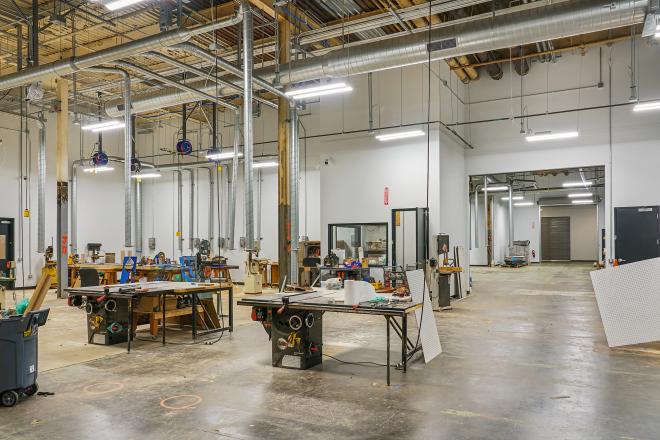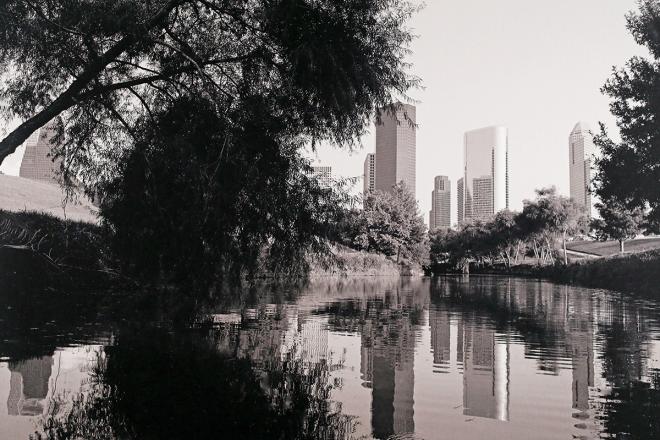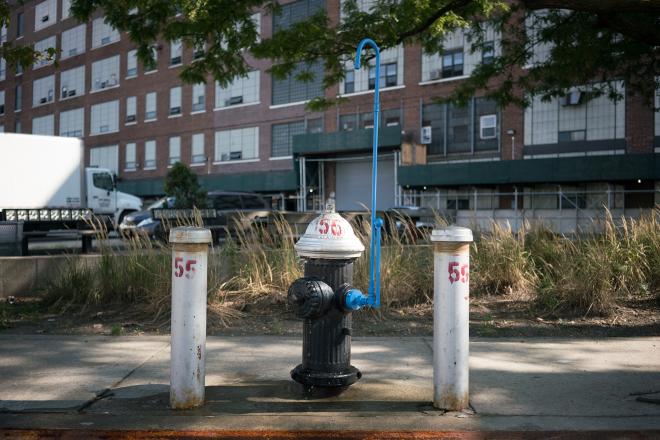In the latest edition of Cite, while discussing perceptions of suburbs, Susan Rogers writes, "Big changes have occurred in this landscape of strip centers, shopping malls, subdivisions, and apartment complexes—change big enough to completely eradicate labels, yet somehow they hold." The enclaves that ring Houston have developed into multi-ethnic areas with their own industries and cultural attractions, both inside Beltway 8 and beyond. The Woodlands is dealing with the issues of a full-fledged city, as a recent article in the Houston Chronicle made clear. Yet Kingwood prevails as an exception, remaining true to its initial design as a secluded White middle-class sleeper community. The reasons are varied, but it would appear that Kingwood's location, structure, and attachment to Houston keep it a master-planned microcosm.
Kingwood retains its majority White population at 88.8 percent. The Woodlands also has a high White population compared to Houston as a whole but comes in at 78.5 percent with slightly larger Asian and Hispanic populations. Large suburban communities like Sugar Land and Clear Lake both surpass Houston's Asian population with 35.3 percent and 13.6 percent respectively.
When it comes to industry moving to the suburbs, The Woodlands is on everyone's minds with the opening of the ExxonMobil campus, but it's also the home of Anadarko and Baker Hughes. Though Kingwood is home to Insperity, formerly Administaff, and there is work to be had in Kingwood, it is not the kind of work that's attracting immigrants and transplants.
Richard Ingersoll wrote in his 1994 Cite piece "Utopia Limited: Houston's Ring Around the Beltway" that "the last priority in [subdivision developers'] pitch is cultural activities, which are generally referred to the center city." Since then, The Woodlands, Sugar Land, and, to an extent, Katy, have built town squares to create a shopping and cultural destination in their towns. Kingwood relies on the local Lone Star College for a performance center.
Suburbs by nature sit in the periphery of the host city, but Kingwood trumps them with its isolated location in the northeastern quadrant of the Houston area. Kingwood sits off of 59 right past Humble, the last major development before entering the wilderness of East Texas. Not only is Kingwood distanced from the rest of the Houston area, but it's set back far from the entrance to the highway so much so that restaurants in the middle of Kingwood have a hard time surviving because folks from adjacent communities such as Humble and Atascocita are unlikely to enter or venture within for shopping or dining destinations.
Kingwood is limited in its ability to grow by design. It has just about reached its full master-planned potential. The majority of the land set aside for the community has already been developed, and sitting between the two forks of the San Jacinto river, Kingwood is structurally bound by the flood plain to its current area. This reflects the views of the architect and designer of Kingwood's first "greenbelt," Charles Tapley, who wanted to see our ecoregions represented within Houston. The river and its wetlands physically shape the development of the suburb and thus its economic growth. In Houston, the ability to grow ever outward has been the impetus for economic success. Without that potential for geographic growth, the Houston Miracle suddenly loses its steam.
Finally, Kingwood was annexed by the City of Houston and thus is subject to Houston's pace and decisions. Kingwood shares a city councilman with Clear Lake and has a super community liaison, but the extent of self-determination ends there. Annexation has kept Kingwood the valuable asset that Houston officials saw in it more than 20 years ago --- the affluent bedroom community that still relies on the big city for major employment and culture.
The suburbs are indeed changing from the stereotypes that we're familiar with. But up until now, the process has been stalled in Kingwood because location, structure, and forced attachment to Houston have kept it the bubble it was intended to be.













